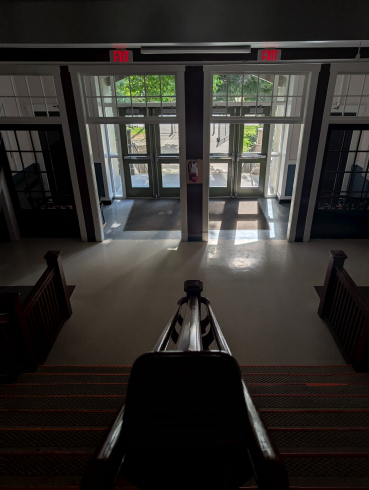
November is Radon Action Month
November is Radon Action Month which makes it a great time to share about radon testing in our schools.
Radon comes from the soil and enters buildings like homes and schools through contact with the ground. Testing is the only way to determine radon levels in a building.
In 2023, the Chilliwack School District began radon testing in our schools.
Radon is a naturally occurring radioactive gas that can pose health risks if it builds up indoors. To mitigate these risks, we test for radon during the heating season. The District has tested 66% of our facilities and will test the remaining sites in this year's heating season. This allows us to identify and address any areas with elevated radon levels.
Becquerels per cubic metre (Bq/m3) is a unit of measurement for indoor radon concentration. Health Canada recommends mitigating a building within one year if concentrations are above 600 Bq/m3 and within two years if concentrations are between 200 and 600 Bq/m3.
If a school is found to have results above 200 Bq/m3, our facilities team investigates to determine the source and extent of the elevated levels. Staff then implement mitigation strategies to reduce the radon levels to recommended standards. After mitigation measures are in place, we retest the location to ensure the levels have been adequately reduced.
You can find radon monitoring reports on our website.
Your home can be a source of radon, too, so it’s a good idea to test. For further information on radon testing and mitigation, visit the BC Centre for Disease Control (BCCDC) website. The BCCDC offers valuable resources and guidance on radon prevention and public health.
